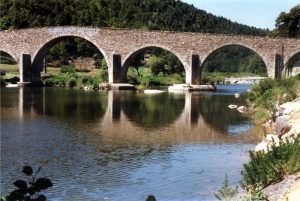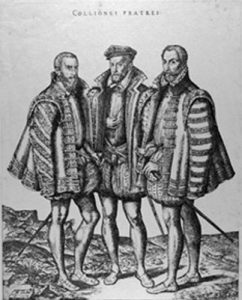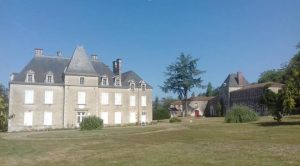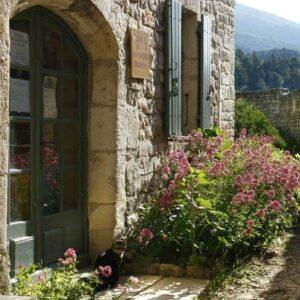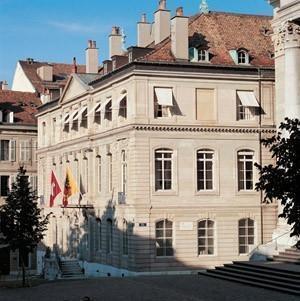Everyday life in the heart of the Cévennes
The museum of the Cevenol Valleys in Saint-Jean-du-Gard shows us the traditional everyday life of country people and craftsmen. First comes a general introduction which lays emphasis on the importance of the Reformation, then we are shown the material aspect of life in this area : carrying stones to build terraces, agricultural tools which were usually not mechanical, and then the study of water, which was both destructive in times of flooding and essential to life. You realize that to survive at all in this region, men fought a long bitter fight to harness the chaotic forces of nature.
Man has had to work hard in every aspect of life here – even the landscape shows signs of his efforts. You then discover how they farmed crops and bred animals : in their farms there were cereals, wine, honey, fruit, sheep and pigs. There is much information about chestnuts and silkworm breeding as well as spinning silk – in fact these were the two pillars of Cevenol culture : “the bread tree” (chestnuts) and “the gold tree” (silk).
Life inside the houses is shown by displaying furniture and domestic objects – we see how they organized their heating and lighting, their storing, preparing and eating of food, where they slept and how they cared for both body and soul. Indeed, there are archives in the bedroom belonging to a family in the Borgne valley which tell us all about their religious history, from the time when they were converted to Protestantism in 1560 until the “edict of Tolerance” in 1787. We see what it was like for them to practice their religion in secret, how pious they were and loyal to their new faith.
Saint-Jean-du-Gard is in the heart of a region which André Chamson called the “Cévenne of the Cévennes”. In this museum we are given a good idea of the history and activities of the area : there is information about agriculture, industry, arts and crafts, and also popular traditions.
Museum of the Cevenol Valleys
F-30270 Saint-Jean-du-Gard
Fax +33 (0) 4 66 85 13 61

